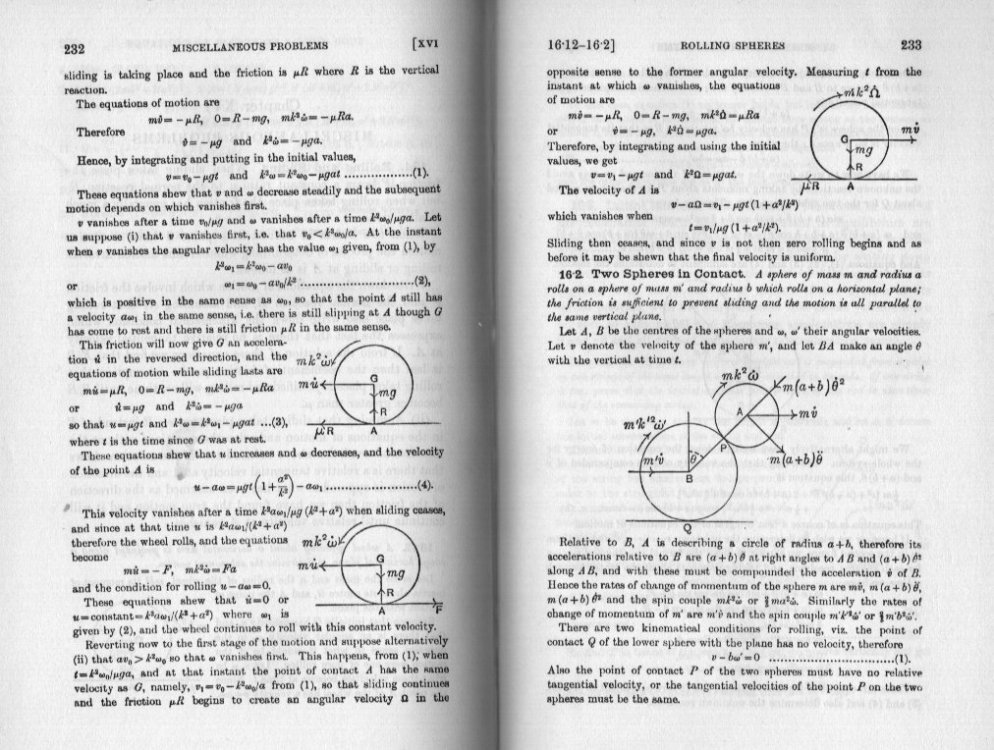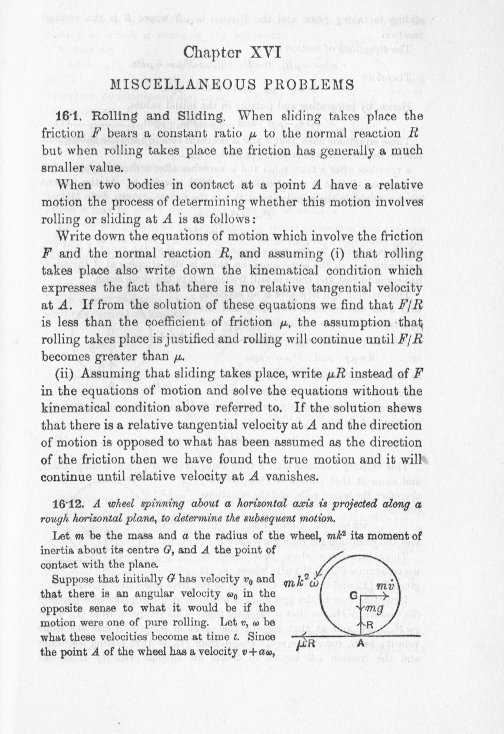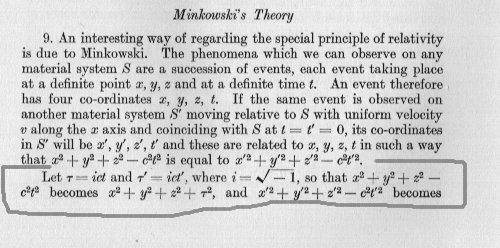Leaderboard
Popular Content
Showing content with the highest reputation on 11/11/19 in all areas
-
2 points
-
This is a simulation not an animation. In my opinion it is awesome. Before scientists had to chose between long, large scale simulations with little detail or short, fine detail simulations. But with the Hazel Hen supercomputer in Stuttgart, with16,000 cores running for over a year. A simulation of a cube of space measuring more than 230 million light-years in diameter and has 20 billion particles representing dark matter, stars, cosmic gas, magnetic fields, and supermassive black holes has been generated. The team was led by Dr. Annalisa Pillepich of the Max Planck Institute for Astronomy, and Dr. Dylan Nelson of the Max Planck Institute for Astrophysics. Two papers have been published and I will link those at the end. I read about this here. https://www.universetoday.com/143977/watch-a-simulation-of-a-galaxy-from-the-big-bang-until-the-present-day/ The papers are on the monthly notices of the Royal Astronomy Society and are linked below. https://academic.oup.com/mnras/article/490/3/3234/5556547 And. https://academic.oup.com/mnras/article/490/3/3196/5566345 Enjoy! I have only watched on my phone but am looking forward to watching on tv in just a bit. P.S. I hate that I never get on here to post anymore but I do read very interesting content almost daily. Keep up the good work!1 point
-
Here is the theory you require. Make sure you get you friction force acting in the correct direction (your dashed one in this case) Also the normal reaction (again dashed) is the force ating on the wheel. The other mg at P acts on the ground, not the wheel. The moment provided by the contact point P about the centre = tangential force due to friction x wheel radius. Note the frictional force is only equal to μmg when the wheel is on the point of slipping. At other times it is less than this. All this is detailed in the text.1 point
-
@mistermack; If you're going to divide people in "100% free people" & "slaves"" then you're right, and then we had slavery at least up to ~1991(Soviet-Union). For a more nuanced view; serfs belonged to the land, and it wasn't as much that they weren't allowed to leave, as it was that other lords weren't allowed to poach them for their own. They had rights, which slowly increased, and the abilitie to rebel(albeit not always successfully) Historically, the medieval times(or dark ages) were a time of upheaval and survival, the old (Roman) system had fallen and anyone not able to protect his own was bound to go under, the new system was made on-the-spot everywhere, based on what was there previously(both tribalism & civilization, but also on both slavery & coöperation) the rights of individuals were details that had little priority for rulers, but the basics(like rights & obligations come together) were understood (at least by the more competent rulers) @Externettrade without the medium of money is called bartering. I suspect most craftsmen working in a castle were just paid in food & shelter with some luxuries(like more clothes)1 point
-
I think that those things would have some effect, but nowhere near enough for you to survive. I believe from memory that a falling body reaches about 200 kph maximum. But a hell of a lot depends on the ratio of weight to surface area. If you were very thin, you would reach a lower final speed than a big fat man. And the type of clothes you wore could cause you to fall slower or faster. Hitting a roof would surely kill you, but not as badly as hitting tarmac, if the roof was thin and gave way. You'd be dead, but less of a mess. ☺️1 point
-
Your best chance would be to land in a snow drift, and for your descent to be nearly parallel to the inclination of the snow. That could happen if the slope was very steep, and the wind blew you so that you are falling at close to the same angle as the slope. If you were VERY lucky, you might survive falling through thin branches on a steep wooded slope, under similar conditions. I would guess that your chances would be less than one in then thousand, though, but people have survived falling from great altitudes under those kinds of freakish circumstances. Falling off that bridge though, I would say that nothing could save you, but for some sort of improvised parachute.1 point
-
I tend to agree with you. Very few things are 100% certain. It always depends on the circumstances and variables involved. How you slow yourself during the fall, what you land on, etc. These things all matter. With that said, the chances of death are still extremely high and I wouldn’t bet my own life on it. By the way, your English is great and here are a few examples of people doing what your friend claims is impossible: https://en.m.wikipedia.org/wiki/Falling_(accident)#Surviving_falls1 point
-
So I was right. You should not teach SR because you do not understand SR, or even worse, you are thinking up wrong explanations. You can do two things: learn here what SR really is about keep in love with your pet theory, and, as you seem already have chosen to do, leave the forum.1 point
-
The first is wrong, the second is unknowable. So it seems a fairly dubious claim, even if you include the "and". And that is something also shared by other animals.1 point
-
Not in this case. The time will be computed by [math]\tau = \int_{t_0}^{t_1} \sqrt{1-\frac{|v(t)|^2}{c^2}} dt,[/math] and if |v| is constant, then it does not matter how the trajectory itself is curved, you get [math]\tau = \sqrt{1-\frac{|v|^2}{c^2}} (t_1-t_0)[/math] without any necessity to care about frames and so on.1 point
-
Hi Mordred, My comment was specifically about Minkowski's original 4D World, where he used tau to distinguish as I posted way back on the previous page. until the introduction of 'proper time' this was the use of tau. Which I grant you is confusing, especially as in the original paper Einstein used tau as time in the second frame. Minkowski has always been acknowledged as an alternative simpler route to obtain the same end result.1 point
-
There wasn't that much gold available, so widespread capitalism wasn't viable(yet). And there wasn't much slavery neither btw, it died out with the Romans.1 point
-
Viruses are not considered to be alive, and are not classified as species. The health burden of the mentioned diseases vary vastly. Malaria, certainly up there, surpassed by a range of respiratory and digestive diseases. The latter is mostly not that critical (some somewhat costly) in developed countries. However, worldwide ca. 800-900k children die each year of diarrhea. To put in perspective, ~400k deaths are attributed to Malaria. Syphilis is a bit different, as it is more commonly to cause deaths by causing miscarriages (so it depends on which effect you are looking at). Leprosy generally does not cause death at all. Regarding the impact, most of these parasitic interactions (if we are talking obligate endoparasites) are fairly specific and basically only affect their host. As a matter of fact, smallpox is virtually eradicated due to successful vaccination campaigns, but a similar success will only be possible for certain obligate parasitic bacteria. Bacteria causing diarrhea, for example live happily in the environment (such as contaminated water) and are difficult to kill. As for potential vectors, eradicating mosquitoes (and ticks) have been discussed, but I have only seen limited information on potential ecological impacts and only for a handful of systems.1 point
-
I think it is important to make a distinction between psychosis and schizophrenia. While I am not an expert in the precise definition, from what I understand psychosis is a condition when the patient has issue with identifying something as real or not. Psychosis can be a symptom of a mental illness, such as schizophrenia, but they have additional diagnostic symptoms. As such, psychotic episodes can be caused by a variety of sources, such as drugs or sleep deprivation. While under these episodes brain activity may be altered (which could be visible on MRIs) in these examples the brain is not damaged per se. However, conditions that can cause prolonged psychosis are a different matter. Schizophrenia, for example is associated with a reduction of grey matter and this loss appears to be progressive. As DrmDoc mentioned, the mechanism behind that is not clear. However, since psychosis can occur without damages, and are the result of altered activities (at leas in some cases), there is good reason to assume they are more likely the result. On the other hand, there was some evidence that early treatment of psychosis with antipsychotics may result in slower detoriation. It still unclear whether this is because prolonged psychosis can lead to additional damages, or whether antipsychotics deal with something that actually do the damage. As a whole it seems that the neurprotective hypothesis as well as the hypothesis that psychosis may result in neural damage does not have a lot of evidence to date.1 point
-
I’m trying to understand this? If c were a constant that would mean that if you change the medium of empty space to say glass? Water? Etc? C would be unchanging, but the medium is set at empty space by Einstein (generally referred as a vacuum). This is a condition, so long as the condition doesn’t change c is like a constant but it requires the condition to remain so. Under the condition set by Einstein ( empty space) c becomes invariant without regard to how you move through this empty space. Yes, it may seem at odds to what you might expect ( not obvious), but the observation conforms to Newton’s first law of motion at all times as it should. When light passes a large source of gravity it is effected. The confusion comes when it is argued that under the influence of the gravity source c remains c which would violate Newton’s first law Yes, c is c invariantly, but only under the condition set by Einstein ( empty space). Change the condition then there is no reason to suggest that c doesn’t change. To suggest that c (the number) remains the number even as it passes through water would make that number a constant. It isn’t. c (the number) gets smaller as light passes through water. This does not violate Newton’s first law, or Einstein’s invariance of c in a vacuum condition. I’m thinking this through l can’t see where I might be confused 🤷♂️. Rhetorically, maybe? Somewhat long winded to the point of confusion? Yeah, I tend to reach that point. Seemingly effortlessly😒, but i don’t think I am confusing the word invariant with constant. Note, to clear up one paragraph when light passes near a large gravity source I’m assuming the presence of that source violates the condition set by Einstein of empty space. Assuming that a vacuum requires a condition of no effect. I’m assuming there is a hardware problem cause this and the Janus post didn’t show up until after I had replied to stranges post which was considerably after all the post were made? I would have preferred to have responded to this post first. What?1 point
-
In a Newtonian universe, there was just two possibilities for the way light behaves.* 1. It's measured speed depends on the relative velocity of the source. It may have a fixed speed relative to the source (c), but someone moving relative to the source would measure it as having some other speed with respect to themselves. 2. It's speed is constant with respect to some "preferred" absolute reference frame( like an aether) It would not have a fixed speed relative to either the source or receiver, and its speed measured by either relative to themselves would depend on their relative motion with respect to the absolute frame. Einstein postulated a third behavior. Neither the source nor receiver could measure light as traveling at anything but c relative to themselves, regardless of relative velocity between source and receiver, or any changes in velocity either has undergone. The source measures the speed of light it emits as being c relative to itself, accelerates to a new velocity, emits light and still measures it as being c relative to itself. (this fits option 1 above) The source receives the light and measures it as having a speed of c relative to itself. It accelerates to a new velocity, and still measures the light as having a speed of c relative to itself. (not compatible with either option above. The source changing its velocity, either with respect to the source or with respect to the absolute frame would result in a change in the measured speed of the light relative to itself.) This is what an invariant speed of light means. * assuming light has a finite and not infinite speed.1 point
-
Feudalism and slavery were pretty much the same thing : Quote wikipedia : " As with slaves, serfs could be bought, sold, or traded (with some limitations as they generally could be sold only together with land, with the exception of the kholops in Russia and villeins in gross in England who could be traded like regular slaves), abused with no rights over their own bodies, could not leave the land they were bound to, and could marry only with their lord's permission. " https://en.wikipedia.org/wiki/Serfdom Tibet was feudal right up to when the Chinese took over control in 1951.0 points
-
This section speaks of the rational foundations of religion. But there are no rational foundations of religion. It is all BS! About 20 years ago I wrote a book on this very topic. It is called "Our Holy Hell: The Causes, The Solutions." Though it deals mainly with the judaic-christian religion. If you want to read it, just google the title. You will find it. But just to let you know what you will be in for, I will tell you what the first four chapters are. 1. Stupidity and lies of the old testament. 2. Evil of the old testament. 3. Stupidity and lies of the new testament. 4. Evil of the new testament.-1 points
-
more than 9000 posts! Do you work sometime? The alternative is easy. NOT BLIND REVIEW! But it looks nobody wants it. Wonder why ahahahahaha-1 points













